Scanning Around With Gene: Big Oil, Big Scenery, Big Ideas
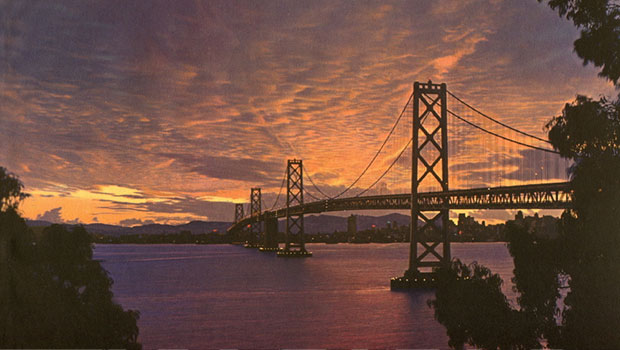
During the most aggressive period of industrialization and westward expansion in America, lots of print material was published by steel companies, railroads, oil producers, and others that showcased the majesty, scale, and beauty of the American landscape and American spirit. Railroads pictured dramatic trestles forging magnificent gorges, not crowded and dirty urban rail yards. Steel companies showed glistening skyscrapers and bridges, not open-pit mines. And Standard Oil Company of California produced a series of full-color lithographs showcasing the most beautiful landscapes and greatest man-made accomplishments in the Western United States. That 1942 series is the subject of this week’s installment.
Click on any image to see a larger version of it.

Often these productions were given away in weekly installments as free gifts by service stations, supermarkets, bowling alleys, and the like. I can’t tell if that’s the case with this booklet from Standard Oil, which contains about 30 prints, each mounted over a custom-written story and opposite a fact-sheet of the area pictured. The images are lightly glued so as to be removable for framing, which many people like my grandmother did.
The Grand Teton National Park:
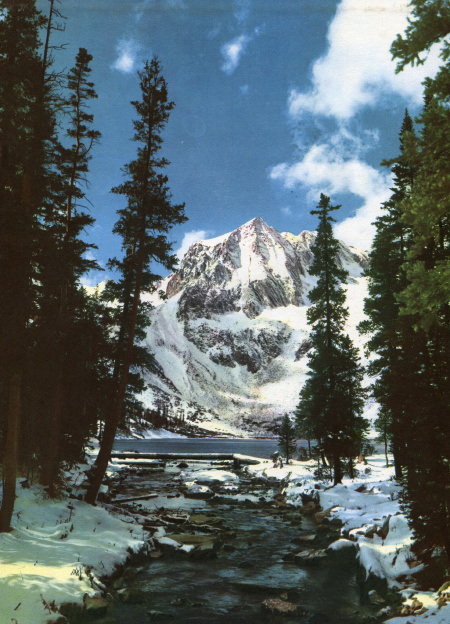
It’s almost as if these wonderful natural landscapes and great accomplishments of man are “presented by” or “brought to you by” Standard Oil Company. I certainly remember learning about great explorers, United States presidents, and pioneering inventors from serialized giveaways like this. Now kids expect a cool toy, not a selection of milk-bottle caps with the images of Madame Curie and Thomas Edison.
Acoma Water Hole in New Mexico:

I remember the big stink a few years back when CNN wanted to provide television news to schools and everyone objected to a particular brand or advertising being associated with education. But we’ve always depended on big companies to take some responsibility for our education system. When I was a kid, it was things like pamphlets from Goodyear extolling the virtues and history of the rubber industry, and United Sates Steel showing how a modern skyscraper takes shape.
Maybe it’s nostalgia clouding my reason, but I’m basically okay with a brand like Standard Oil associating itself with Yosemite as long as we get something cool in exchange. If we learn a few new things, all the better. And I must say that I learned quite a lot paging through this 1942 production.
Navajo Coutry, Arizona:

I did not know, for example, that as of 1942, the Oakland Bay Bridge and the San Francisco Golden Gate Bridge were the world’s largest and second-largest bridges. I felt sure the Europeans had us beat on that count. And when the Oakland Bay Bridge opened in 1936 the fare was 60 cents so as to re-pay the $80 million cost of construction. By 1939 the fare started dropping, all the way down to 25 cents, because money was pouring in so fast. The goal was to pay off the bridge in 50 years, or by 1986. The toll today is $4 on the Bay Bridge and $6 on the Golden Gate!

The Great Salt Lake in Utah:

In response to the warning that he might be attacked by scalp-grabbing Indians if he lingered too long enjoying the view, Dr. L. H. Brunnell, the first white man to record seeing Yosemite Valley, replied: “If my hair is now required, I can depart in peace for I have seen here the power and glory of a Supreme Being, the majesty of His handiwork.”

When you live in California, you learn a lot about the state’s missions, especially when you go to Catholic school. But I did not know until now that the Mission San Juan Capistrano, famous for its birds, was sold by a former Governor to a relative for $710. It took an act from President Abraham Lincoln to return the Mission to the Church.
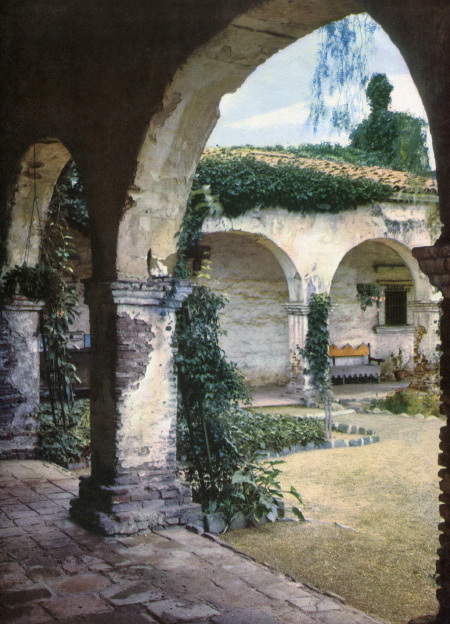
And the Alamo, in Texas:
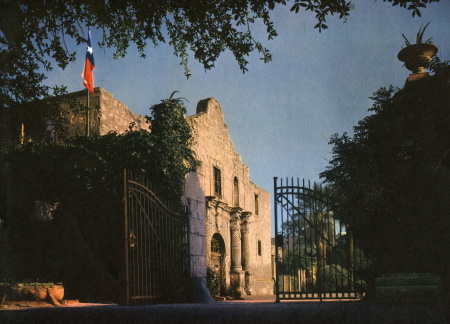
Columbia in the California Gold Country:
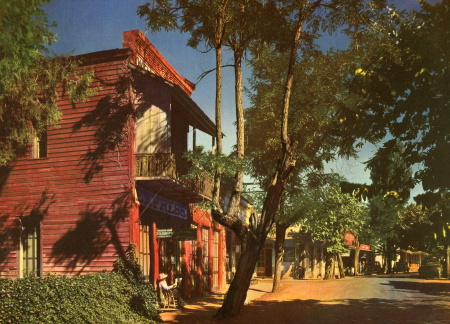
Lake Tahoe, it seems, is famous not just for its beauty and deep-blue color, but for the fact that nothing of much historical consequence has happened there — no Indian massacres, no naval battles, no famous shipwrecks, no starving immigrants, etc.:
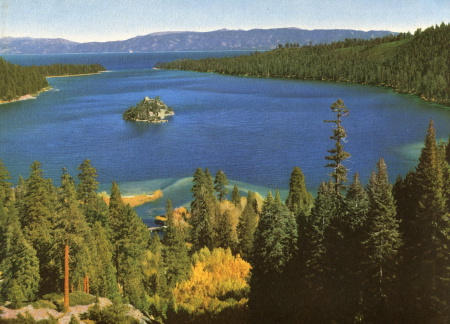
Sawtooth Mountain range in Idaho:
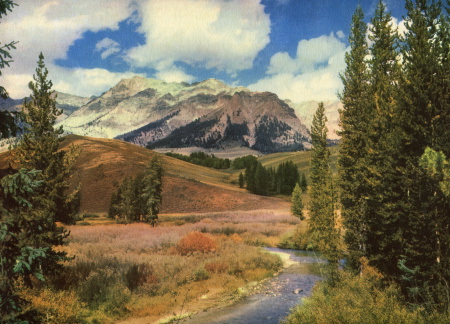
I’ve been to Mount Hood in Oregon and stayed at the Timberline Lodge (a must-do trip for anyone). But I would not have guessed that behind the jagged drama and seeming isolation, it is a relatively easy peak to climb:

Mount St. Helens in Washington:

So even today, 67 years later, this advertising promotion from Standard Oil is teaching something, and they didn’t have to pay for any licensing rights. I may just dig out a few frames and hang some of the prints on my too-crowded walls. Try that with your free collectible Spiderman drink cup.
</e,>
This article was last modified on May 17, 2023
This article was first published on March 13, 2009



